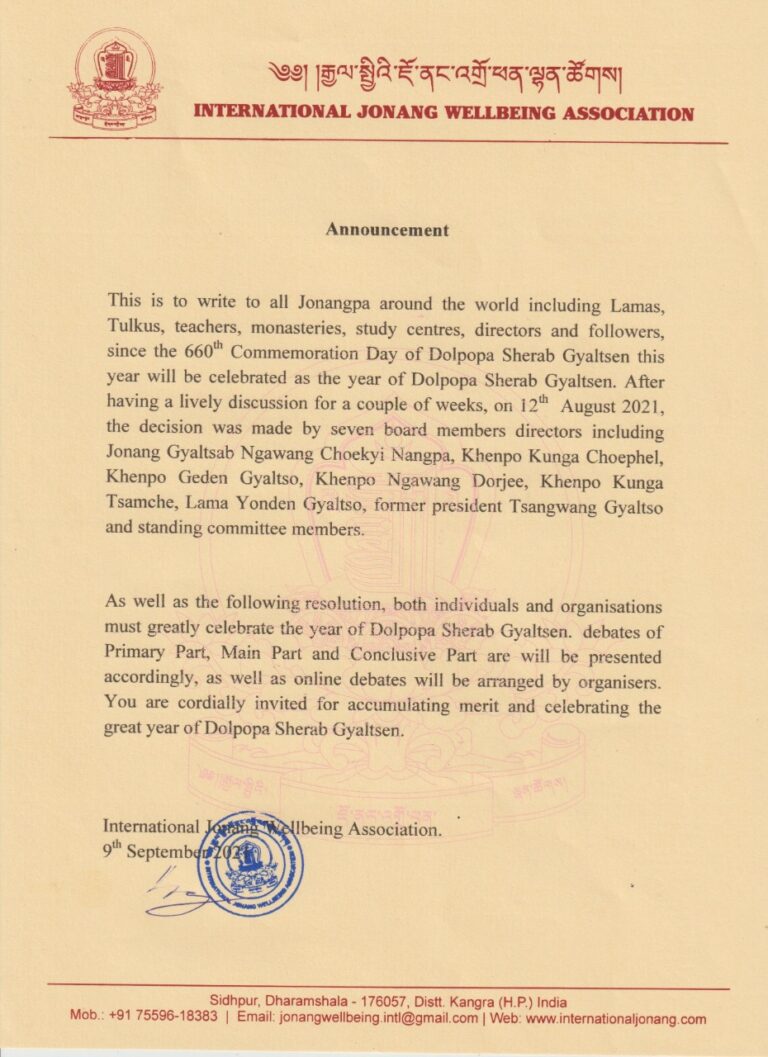A Work Telling the Life and Liberation Story of the Great Master Padmākara.
Part 11 The following morning, the Master took the servant Lhalung Tshosher Nyenlek as a support and summoned an oracle, the goddess Mārīcī. The Master made the goddess speak through the servant. The goddess listed the names of all the evil gods and nāgas of Tibet. Amongst many things, she revealed, “Shampo washed away the Phang Thang temple in a flood, Tanglha struck Marpo Ri with lightning, the twelve tenma sisters spread diseases amongst humans and animals, and the nine nyen sent frost and hail to Tibet.” From that very morning, many children of good families became the oracles of the Four Great Kings, and the fire deities revealed themselves and described the names, places and activities of all the vicious gods and nāgas. To inspire faith among the king, ministers and many more, the Master then made some of the terrible gods and demons actually appear in front of everyone, for all to see. He frightened and suppressed them, then taught the Dharma and made them swear allegiance. The gods and demons offered their life-force mantras and petitionary rituals to the Master. To those who were still not tamed even by this, the Master applied various methods, such as the fire offering, and in this way he successfully subdued them. The Master performed this the rituals twice and said to the King, “From now on practise the Dharma as much as you can! Build the temple as you planned! For my part, although I have already bound the gods and nāgas under oath twice, I must do so one more time.” The Master went to stay at the palace of Zurphü Kyangbu Tsal. While there, he tamed all the nāgas, including Maldro Zichen. Maldro Zichen announced, “Above ground, King Trisong Detsen is the greatest. Below ground, I am the greatest. We two should become allies. I shall offer fourteen mule-loads of gold dust to the king for the building of the temple and have ordered that it be sent from the gold mine of Lanpo Na.” It appeared exactly as he said. The Master also

